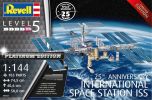Revell 1/144 Panavia Tornado IDS/GR.1 # 03783
The Panavia Tornado was a multirole combat aircraft developed through a collaborative effort between the United Kingdom, Germany, and Italy under the Panavia Aircraft GmbH consortium.
The Tornado IDS (Interdictor/Strike) and its British variant, the GR.1, were specialized for deep penetration strikes, ground attack, and close air support.
Design and Structure:
Airframe: The Tornado featured a twin-engine, variable-sweep wing design, which allowed it to operate effectively at high speeds and low altitudes. The variable geometry wings could sweep back to reduce drag for high-speed missions and extend forward for improved control during low-speed operations.
Cockpit: The Tornado IDS/GR.1 had a two-seat cockpit, with the pilot in the front and the weapons systems officer (WSO) in the rear. The cockpit was equipped with a state-of-the-art avionics suite, including advanced radar, navigation, and targeting systems.
Wings: The swept-wing design allowed for better maneuverability at different speeds. The wings could sweep between 25° and 67° depending on mission requirements.
Engine and Performance:
Engines: Powered by two Turbo-Union RB199-34R Mk 103 afterburning turbofan engines, jointly developed by Rolls-Royce, MTU, and Fiat.
Thrust: Each engine produced approximately 16,000 lbf (71 kN) of thrust with afterburners.
Top Speed: Mach 2.2 (1,452 mph or 2,335 km/h) at high altitude.
Range: Approximately 870 miles (1,400 km) on internal fuel, extendable with external drop tanks and aerial refueling.
Combat Radius: Around 700 miles (1,127 km) for deep-strike missions.
Armament and Payload:
Internal Cannon: 1 × 27mm Mauser BK-27 revolver cannon with 180 rounds.
Air-to-Ground Weapons:
Various types of free-fall bombs, laser-guided bombs (LGBs), and cluster munitions.
Capable of deploying ALARM (Air-Launched Anti-Radiation Missiles) and Brimstone missiles for precision strikes.
Could carry JP233 runway denial munitions for destroying enemy airfields.
Air-to-Air Missiles: AIM-9 Sidewinder or AIM-132 ASRAAM for self-defense.
Anti-Ship Missiles: Capability to carry and deploy Sea Eagle missiles.
Operational History:
Role: The Tornado IDS/GR.1 excelled in low-level strike missions, ground attack, and anti-radar operations. It was designed to penetrate heavily defended airspace at low altitudes, striking high-value targets.
First Flight: August 14, 1974, with operational service beginning in 1979.
Gulf War (1991): The GR.1 saw extensive action during Operation Desert Storm, where it was used in deep strike missions, employing JP233 munitions to disable Iraqi airfields and infrastructure.
Bosnia and Kosovo: The Tornado GR.1 participated in NATO operations, delivering precision strikes against enemy positions.
Tornado GR.1 (RAF Variant):
The GR.1 was the Royal Air Force’s (RAF) primary version of the Tornado IDS. It was tailored for low-altitude, high-speed penetration of enemy defenses and could perform a wide range of mission profiles, including:
SEAD (Suppression of Enemy Air Defenses): Equipped with ALARM missiles to neutralize radar installations.
Interdiction: Designed for deep penetration of enemy territory to destroy critical infrastructure.
Key Features and Technologies:
TFR (Terrain-Following Radar): Enabled the Tornado to fly at extremely low altitudes while maintaining automatic terrain avoidance, making it harder for enemy radar systems to detect and engage.
ECM Suite: Advanced Electronic Countermeasures (ECM) system to jam enemy radar and communication systems.
Navigation and Targeting: Equipped with a forward-looking infrared (FLIR) system and laser designators for precision targeting.
Upgrades and Evolution:
GR.1A: Reconnaissance variant fitted with specialized sensors and cameras.
GR.1B: Maritime strike variant capable of carrying Sea Eagle anti-ship missiles.
GR.4/4A Upgrade: The GR.1 was later upgraded to the GR.4 standard in the 1990s, incorporating enhanced avionics, improved targeting systems, and compatibility with newer weapons.
Legacy:
The Panavia Tornado IDS/GR.1 served as a cornerstone of NATO’s airpower for decades, offering unparalleled versatility and strike capabilities. Its ability to penetrate enemy defenses at low altitudes made it a vital asset in modern warfare until its gradual retirement in the 2010s, replaced by more advanced platforms such as the Eurofighter Typhoon.
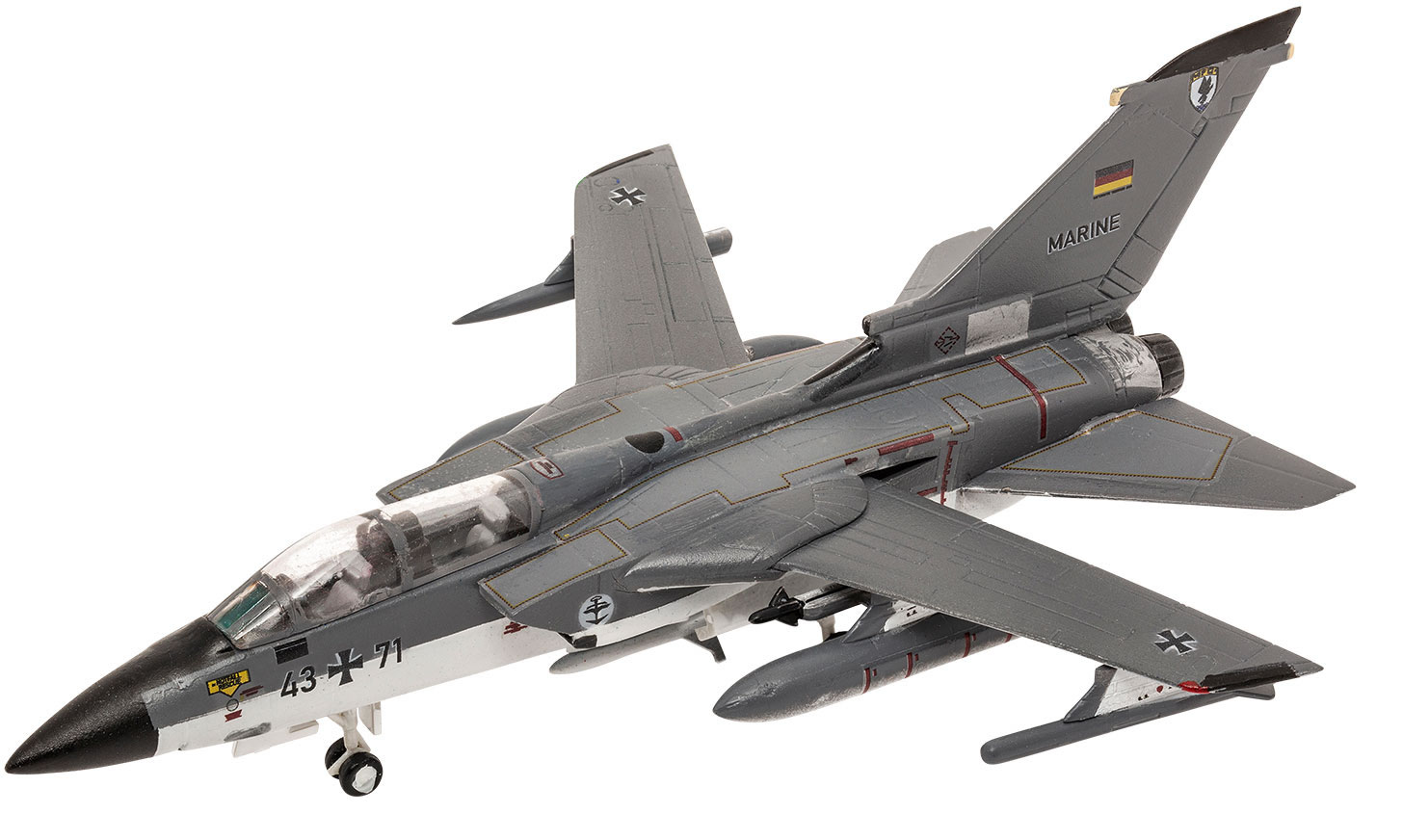






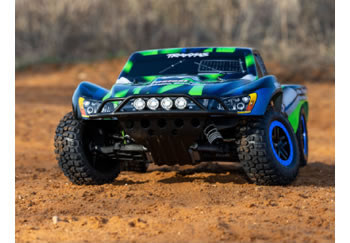
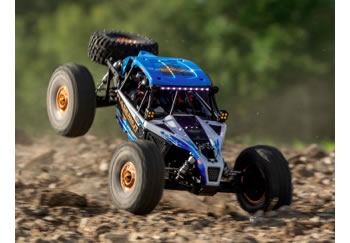
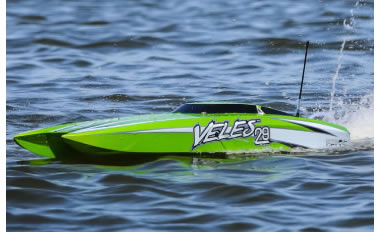


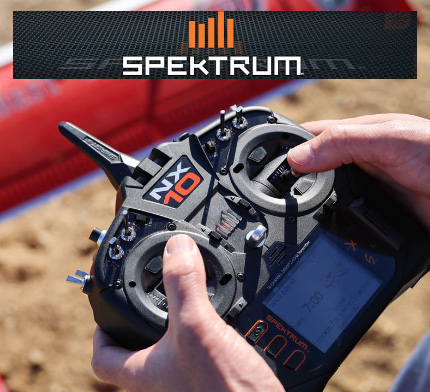
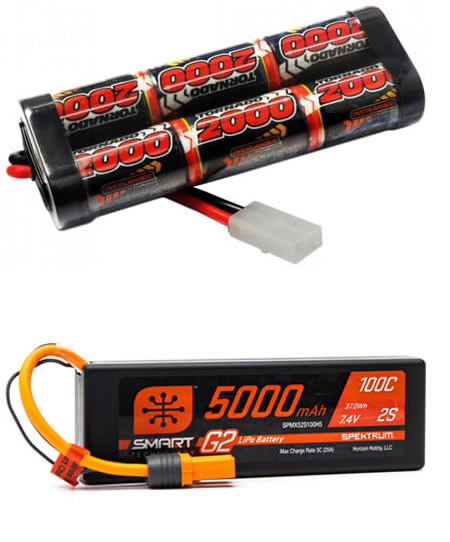
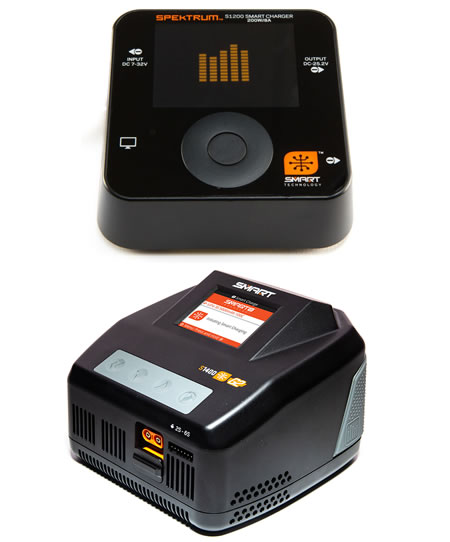




 Spread the cost with Paypal Credit
Spread the cost with Paypal Credit
 Spread the cost with Klarna
Spread the cost with Klarna






